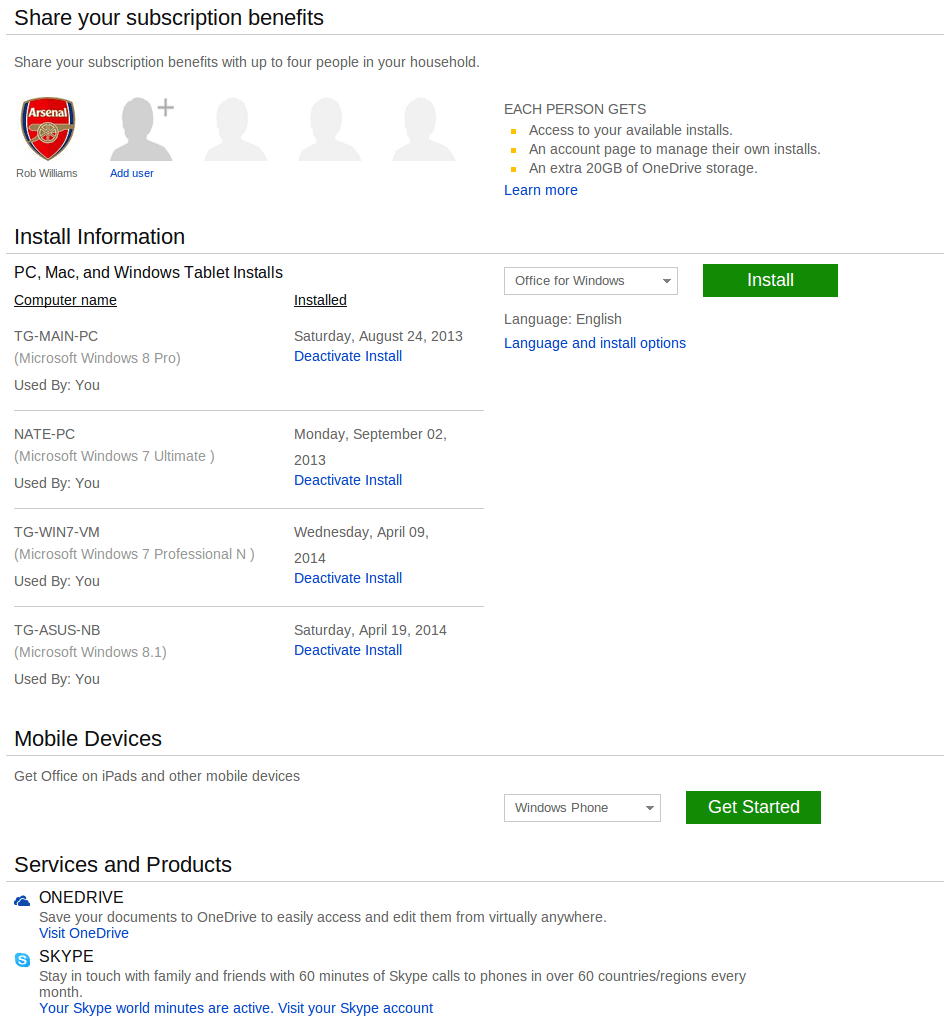

In Registry Editor, locate the following registry subkey: Select Start, select Run, type regedit, and then select OK. Step 4: Clear cached credentials on the computerĮdit the registry to remove cached credentials: Under Connected Services, remove all the services for the existing account. Step 3: Remove connected services from your Office 2013 profile

Locate the account that you want to remove, and then select Sign out. In the upper-right corner of an Office 2013 app (Word, Excel, PowerPoint), select your name, and then select Switch Account. Step 2: Remove the user account from your Office 2013 profile Select Sign in and use your credentials to sign back in.Close the Office product and then restart it.Sign out of Microsoft Office using any Office product: Word, Excel, PowerPoint, Outlook, etc. To work around this behavior, remove the existing user account and all connected services from your Office 2013 profile, and then clear cached credentials that may be on the computer: Step 1: Sign out of Office and then sign back in This workaround may cause some account settings to be lost.


 0 kommentar(er)
0 kommentar(er)
